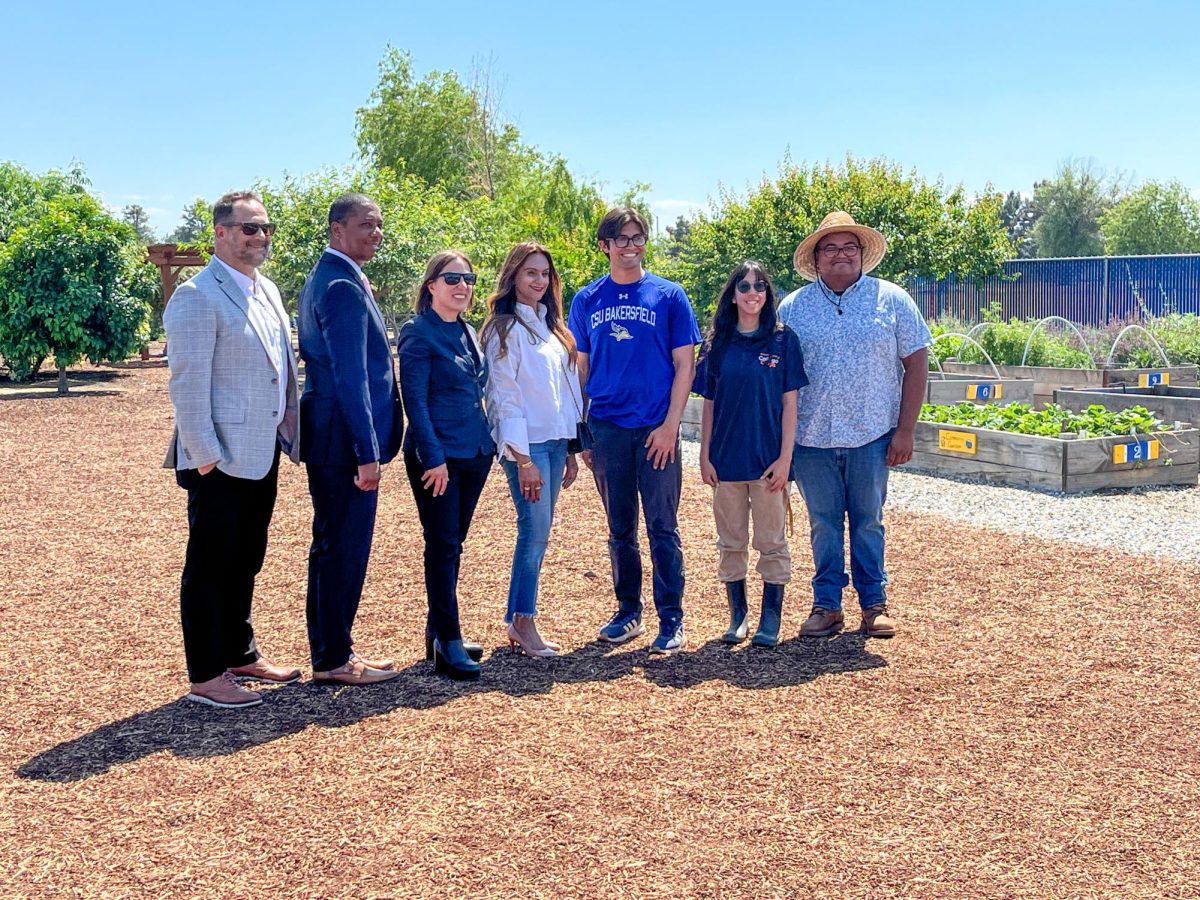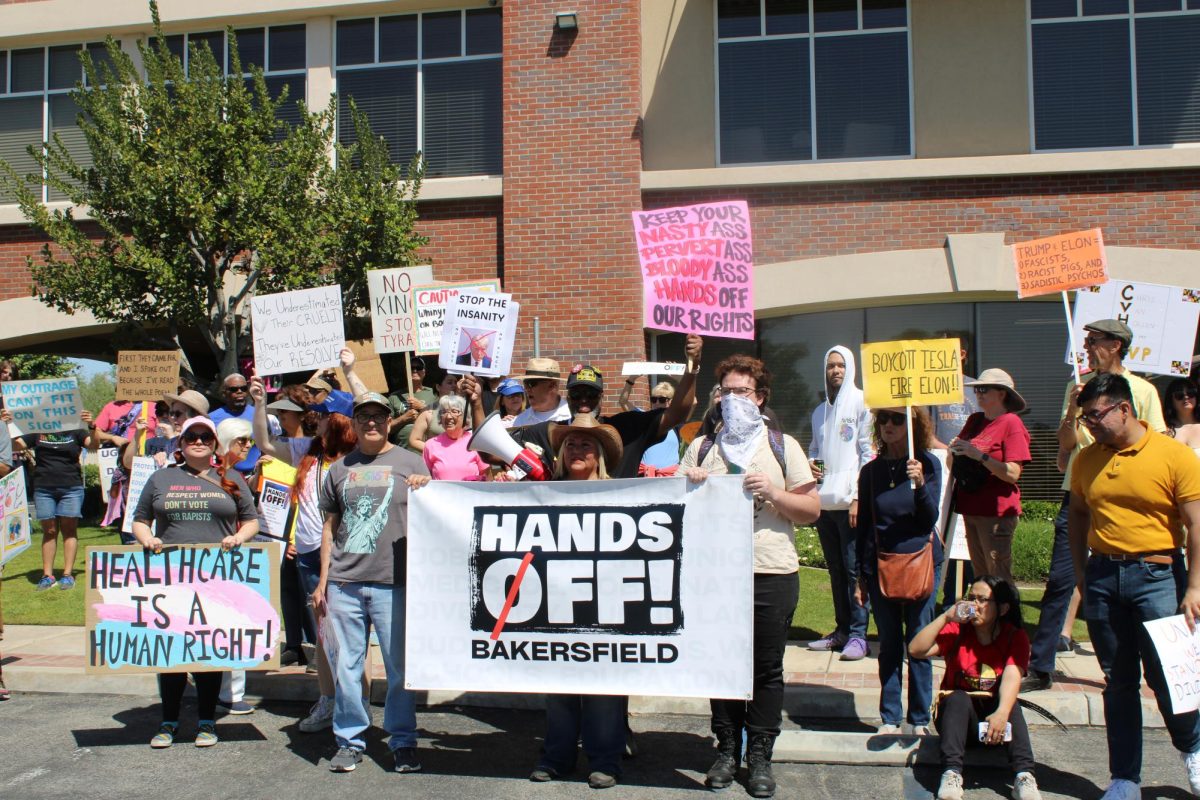Reporter
Within the littered ground, steep stairs and musty rooms of the CSU Bakersfield faculty towers thrives a beast. It usually won’t bother people, unless provoked. Known as asbestos, this beast is a silicone mineral that thrives within the tower walls.
The person with extensive knowledge of the beast is Safety and Risk Management Timothy Ridley. Having worked at CSUB for the last three years, he carries certification in Health Safety, Environmental and Risk Management, and asbestos.
“I have been working in environment protection since 1978,” he said. “When I have a concern I always do an investigation.”
Ridley explained that the asbestos in the faculty towers is not causing any imminent danger because it is in non-friable form. While the faculty towers have been up since the 1970’s, the only issue is the lack of elevators which go against ADA’s newer regulations. When they were built in the early 1970s, they were up to all building codes.
“Asbestos is friable which means it can be released if crumbled. It can create problems if you breathe it over a long period of time,” Ridley said. “Asbestos is also in non-friable forms such as floor tile. The campus has buildings that contain asbestos, but it is in the non-friable form. There is no hazard and no safety issues.”
Yet professors with offices in the faculty towers have thoughts contrary to Ridley’s claim. One such professor is Milissa Ackerly, who has taught modern languages and literature for the past 16 and a half years.
“I was in the faculty towers from November 2010 to June 2016,” Ackerly said. “We had an annual notice every year that the asbestos was in the floor, ceiling and walls. It’s big in the shipping industry; I know it causes lung problems and mesothelioma.”
Ackerly explained an incident that occurred around 2013 when private contractors drilled into the towers and the asbestos fibers spread.
“We were told it wasn’t a big problem even though employees wore these hazmat suits,” she said. “They never told people to leave even though all the stuff is flying around. I know one professor just got up and left.”
Ackerley recalled how the dust flew right into Administrative Support Coordinator Kathy Hafler’s office.
“They were drilling, and we had no idea what they were doing,” both CSUB employees said. “It was awful.”
When asked about the drilling, Ridley said it was to construct new posts in the towers, as evident by the white plaster around the building.
“There was no release of asbestos during construction,” Ridley said. “The employees wore suits out of protocol. They broke stucco but repaired it. Employees were completely safe.”
Even with preventative protocols in place, Ackerly said there is a lack of concern for employees’ health.
“It’s a thing of no consequence,” she said. “They think it’s just faculty, but students go there too. And what if that was the child development building? Think if your mother was there! You would want her out, wouldn’t you?”
All things considered, the asbestos and faculty towers will not survive for long.
According to Interim Dean of Arts and Humanities Liora Gubkin-Malicdem, “we are in the midst of building a new Humanities building scheduled to open by fall 2017 at which time Faculty Towers will be vacated.”
“We are tearing down due to compliance issues of repurposing the towers,” Ridley said. “Repurposing the towers is not a cost effective option. I look forward to tearing down because it is an old structure.”
Both Ridley and Gubkin-Malicdem have been involved in the slow but sure process of destroying and rebuilding the faculty towers. Ridley met with employees leaving the faculty towers, so they were satisfied with the layout. When the buildings come down, they will meet all regulatory concerns for the health and safety of the campus population.
For more information about the faculty towers, visit http://www.pictaram.com/tag/AHfuturefriday.
The asbestos memorandum can be viewed at https://www.csub.edu/BAS/srm/_files/ASB%20notification%202015.pdf.






